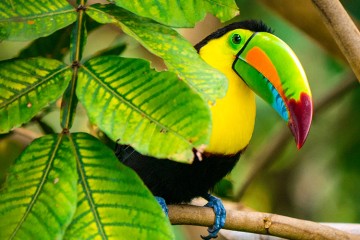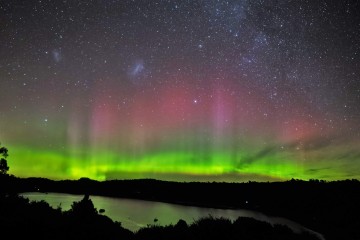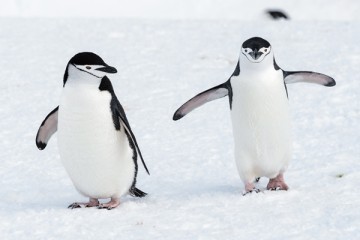The Inti Raymi ("Festival of the Sun") was a religious ceremony of the Inca Empire in honor of the god Inti, one of the most venerated deities in Inca religion, the first born Son of the Sun. It was the celebration of the Winter Solstice - the shortest day of the year in terms of the time between sunrise and sunset and the Inca New Year.
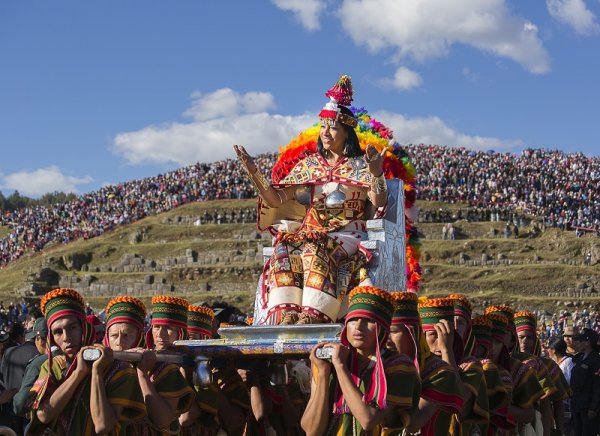
Inti Raymi (Festival of the Sun)
Fearing the lack of sun and ensuing famine, the ancient Incas gathered in Cusco to honor the Sun God and plead for his return. The celebrants fasted for days before the event, refrained from physical pleasures and presented gifts to the Inca, who in return put on a lavish banquet of meat, corn bread, chicha and coca tea as they prepared to sacrifice llamas to ensure good crops and fertile fields.
Today, it's the second largest festival in South America. Hundreds of thousands of people converge on Cusco from Peru and all over the world.
For 9 days there are street fairs and lively gatherings with people dancing in the streets. In the evenings, live music from the best of Peruvian musical groups draws the crowds to the Plaza de Armas for free concerts.
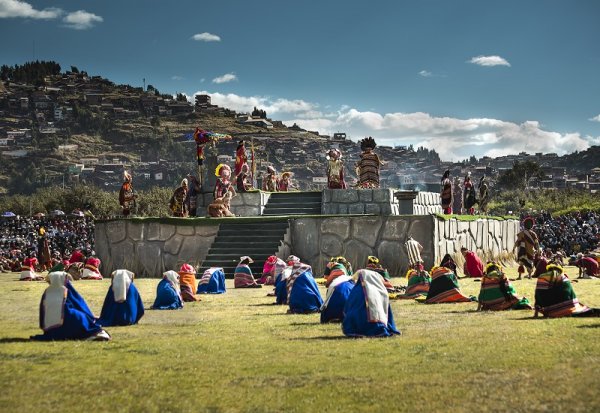
The festival culminates on June 24, the actual day of Inti Raymi. On this day, the ceremonial events begin with an invocation by the Sapa Inca in the Koricancha (Qorikancha) square in front of the Santo Domingo church, built over the ancient Temple of the Sun. Here, the Sapa Inca calls on the blessings from the sun. Following the oration, Sapa Inca is carried on a golden throne, a replica of the original which weighed about 60 kilos, in a procession to the ancient fortress of Sacsayhuamán, in the hills above Cusco. With the Sapa Inca come the high priests, garbed in ceremonial robes, then officials of the court, nobles and others, all elaborately costumed according to their rank, with silver and gold ornaments.
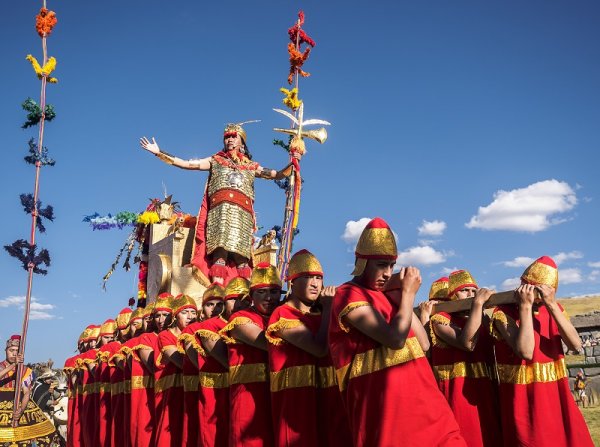
They walk along flower-bedecked streets, to music and prayers and dancing. Women sweep the streets to clear them of evil spirits. At Sacsayhuamán , where huge crowds await the arrival of the procession, Sapa Inca climbs to the sacred altar where all can see him.
Once all the celebrants are in place in the grand square of the fortress, there are speeches by Sapa Inca, the priests and representatives of the Suyos: the Snake for the world below, the Puma for life on earth, and the Condor for the upper world of the gods.
A white llama is sacrificed and the high priest holds aloft the bloody heart in honor of Pachamama. This is done to ensure the fertility of the earth which in combination with light and warmth from the sun provides a bountiful crop. The priests read the blood stains to see the future for the Inca.
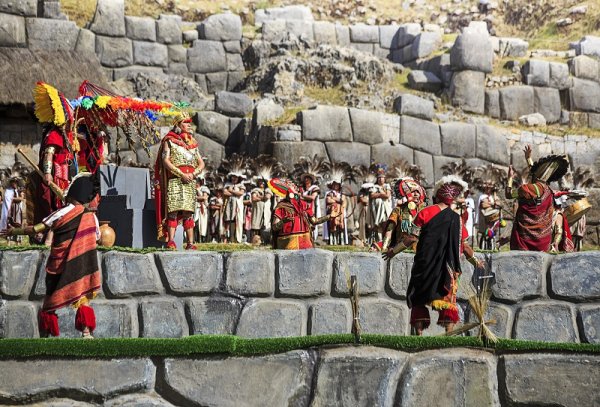
As the sun begins to set, stacks of straw are set on fire and the celebrants dance around them to honor Tawantinsuty or the Empire of the Four Wind Directions. In ancient times, no fire was allowed that day until the evening fires.
The ceremony of Inti Raymi ends with a procession back to Cusco. Sapa Inca and Mama Occla are carried on their thrones, the high priests and representatives of the Supas pronounce blessings on the people. Once again, a new year has begun.
June 24 is also celebrated throughout Peru as Indians Day or Peasants Day.
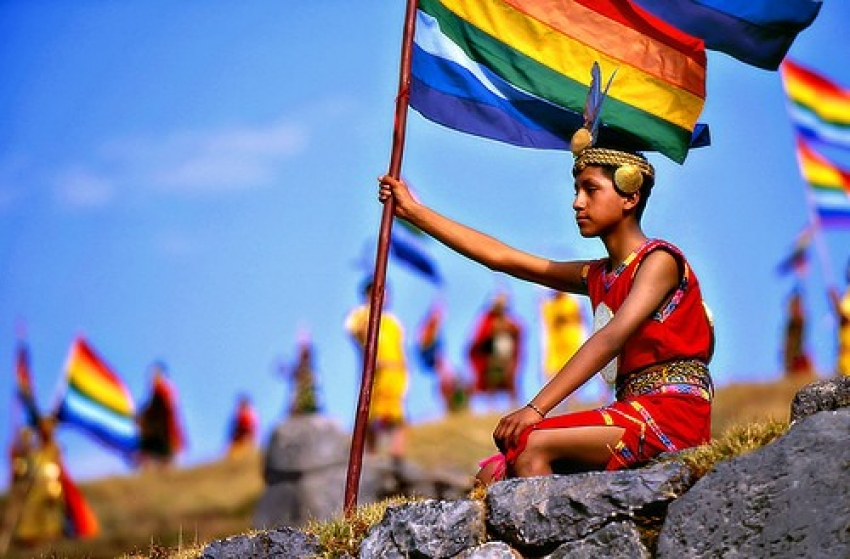
Discover our tours in Peru
Learn more about Peru on our blog
